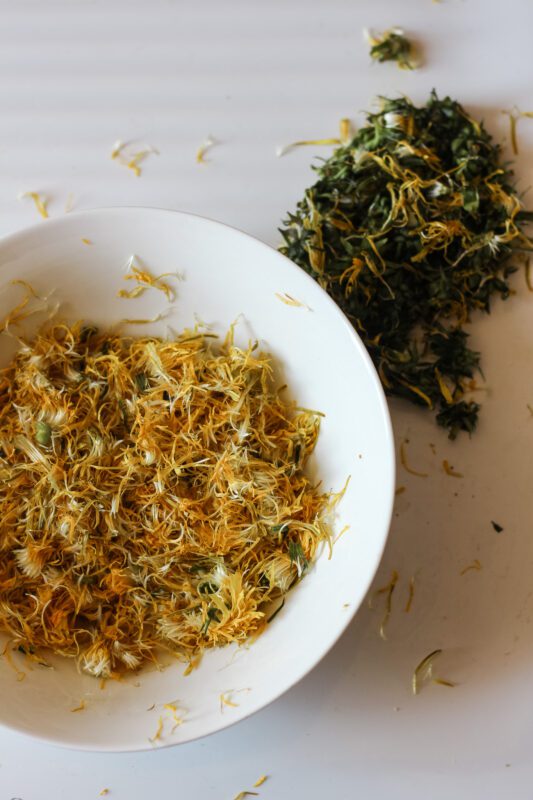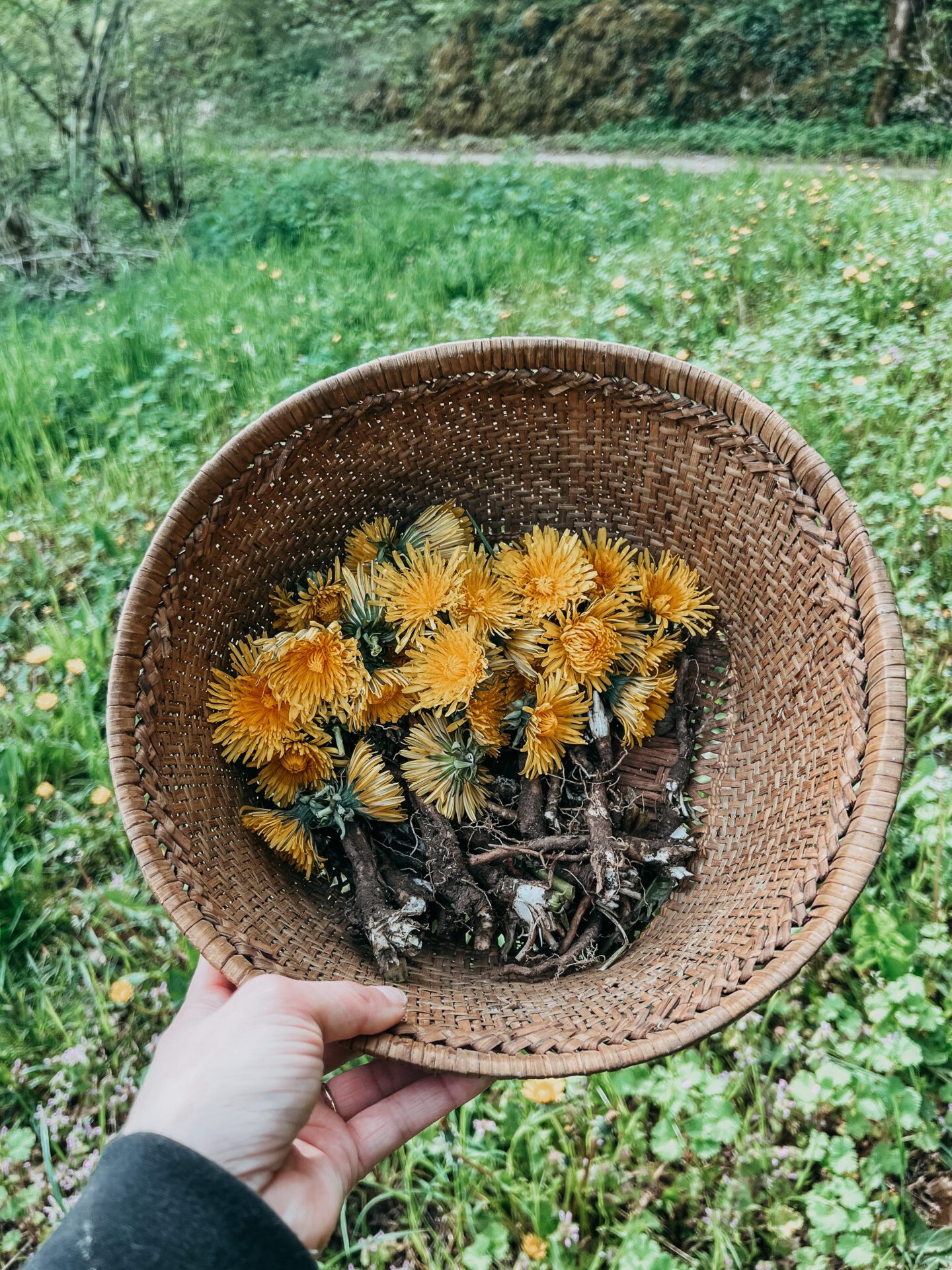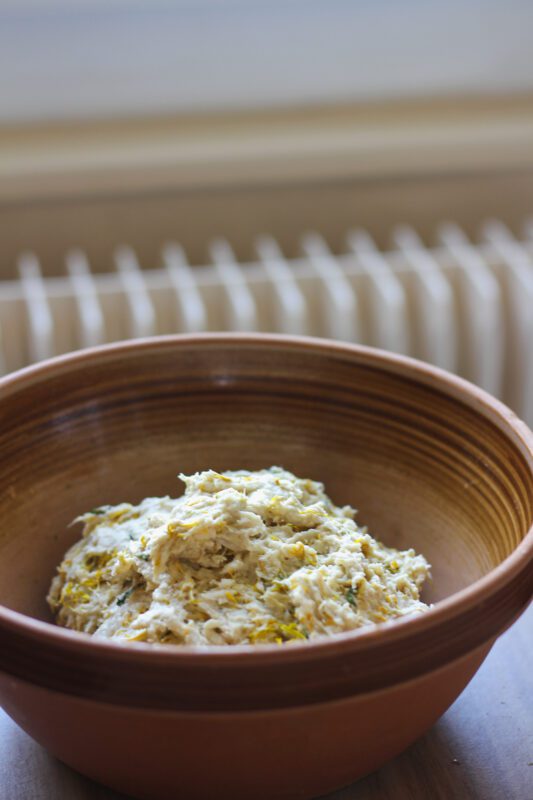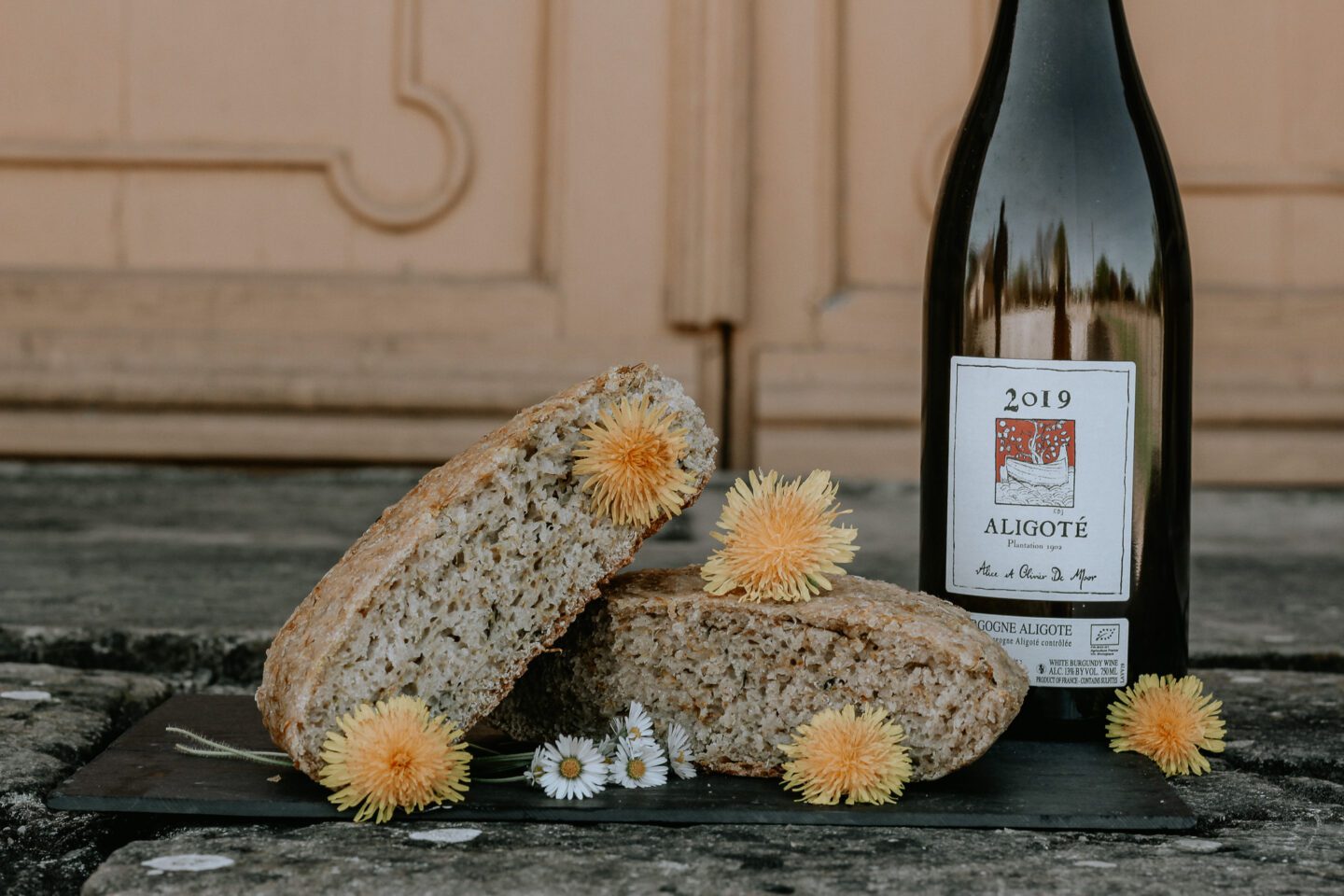
The French countryside – a place where time seems to slow down, and life’s simple pleasures take center stage. As I celebrate the arrival of my second spring here in Bourgogne, the hills and valleys come to life with a burst of color, providing not only visual delight but also inspiration for seasonal eating. Today, I want to share with you my personal journey with how to make dandelion bread, a delicious and healthful way to embrace the rejuvenating spirit of spring, the rich culture of the French countryside, and the connection to our roots that nourish our souls.
A Dash of History, A Pinch of Resilience: The Roots of Dandelion Bread
Dandelions have long brightened our plates with their vibrant yellow hues while boosting our health with their rich nutritional content. Chock-full of vitamins A, C, and K, as well as essential minerals like calcium, potassium, and iron, dandelions have secured their place as a valuable addition to my local cuisine. Their diuretic, anti-inflammatory, and antioxidant properties have made them a prized ingredient in traditional medicine for centuries.
Let’s rewind to the days of the Great Depression when resourceful individuals like my grandmother utilized dandelions as a versatile and cost-effective ingredient in various dishes. By incorporating the greens, roots, and flowers into salads, soups, and teas, they demonstrated resilience and ingenuity in challenging times, preserving a culinary tradition that highlights the importance of utilizing nature’s bounty.
In French, the word for dandelion is “Pissenlit”. I found it amusing that this name, derived from the 15th-century phrase “Piss-en-lit” or “pissing in bed,” refers to the plant’s diuretic properties. Who knew that urinating in bed could be so relevant to French cuisine?


Foraging for Dandelions: A Nature-Filled Adventure
Over the past week, I’ve made dandelion bread several times, with each foraging expedition helping me combat jet lag from my recent trip to the US for work. These hikes have also allowed me to explore and appreciate the natural landscapes of my home in Bourgogne. While the iconic vineyards are indeed amazing, there’s something magical about walking through a forest, emerging into a pasture, and then stumbling upon a hidden vineyard plot in the Hautes Côtes.
I encourage you to not only try hiking the trails in Bourgogne but also to explore the natural landscapes of your own home. You might be surprised by the beauty and inspiration you’ll find in your backyard while connecting with nature and the land that nourishes us.
The process of foraging for dandelions, preparing the dough, and baking the bread has created a deep connection to the land and the timeless beauty of the French countryside for me. Learning how to make dandelion bread is a perfect way to embrace the shift in seasonal eating while fostering our connection to the land that nourishes us.
How to Make Dandelion Bread: A Step-by-Step Guide to Springtime Delight
Gather your dandelion petals, ensuring you only pick from areas free of pesticides and toxins. Once you’ve collected your petals, it’s time to create the dough that will form the foundation of your delicious and healthful loaf.


For this recipe, you’ll need:
3 cups of flour 1 teaspoon of salt 1 package of yeast 1 and a half cups of dandelion petals 1 and a half cups of hot water
Combine the flour, salt, and yeast in a large bowl, and then fold in the dandelion petals. Gradually add the hot water, stirring until everything is well combined. Transfer the dough to a greased bowl, cover tightly, and let it rest for three hours.
While the dough is resting, preheat your oven to 450°F (232°C) with a Dutch oven inside to warm it up. Line another bowl with parchment paper and place the dough in the center of the paper. Once the oven is preheated, carefully remove the Dutch oven, place the dough (still on the parchment paper) inside, and cover with the lid.
Bake the bread for 30 minutes with the lid on, then remove the lid and bake for an additional 15 minutes, or until the bread is golden brown and crusty on the outside. Allow the bread to cool before slicing and serving.
Recommended Pairing
For a perfect pairing, serve your dandelion bread with a regional Aligoté, like the one from Alice and Olivier de Moor. The wine’s crisp acidity and minerality perfectly complement the bread’s earthy flavors, creating a harmonious and refreshing experience.

Embarking on this personal journey learning how to make dandelion bread has deepened my connection to the French countryside and its rich culinary heritage. I hope that my story, sprinkled with light-hearted humor, inspires you to try making dandelion bread for yourself and to explore the beautiful landscapes of Bourgogne or your own backyard. So go on, slow down, breathe, and reconnect with nature – your taste buds and your soul will thank you!